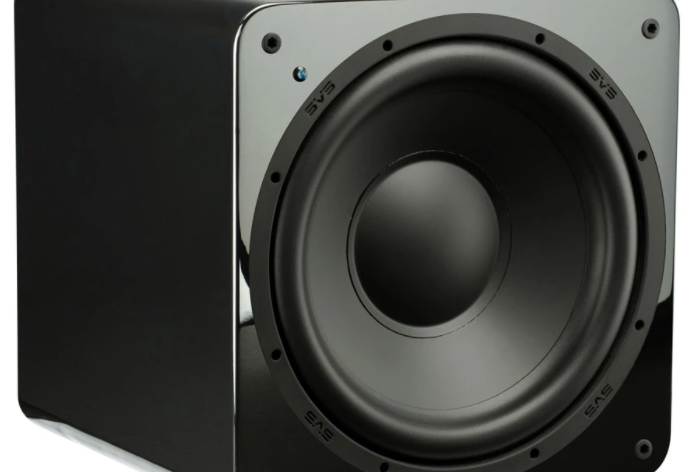QotD: Do I EQ Dual Subs Separately?
One of the most common questions we answer is about calibrating multiple subwoofers. More and more receivers are being released with multiple subwoofer outputs, some of which can independently calibrate each output. So, should you EQ your dual subs separately?
Answer: No. All subs get the same EQ.
You should NEVER EQ dual subs separately. The reason is simple: Subwoofers do not act the same as other speakers. For all the other speakers in your room, you identify the sound as coming from a specific speaker. Subwoofers are omnidirectional. The sound waves that come from the subwoofer are longer than any one direction of your room (a 20Hz wave is over 56 feet long!). This means that you are ONLY hearing reflected sound. Your room plays a huge role in what bass you experience in your theater. You would be correct in thinking of all your subs and the room as being “the thing” that creates the bass in your room. They are not separate, they are part of one system.
That means that all the subwoofers are acting along with the room to create the bass. Yes, we know that newer receivers have dual independent subwoofer outputs that can be calibrated separately. You don’t want to do that. Instead, place your subwoofers properly in your room, and run the subwoofers as one.
And there you will run into your first problem. Manufacturers don’t let you run both subwoofer outputs as mono. At least not at the time of this writing. So, what do you do?

Steps For EQing Dual Subwoofers
- Attach each sub to a subwoofer output.
- Tell your room correction program that you have TWO subwoofers.
- Run room correction until you get to the point where it level matches the subwoofers.
- The target is usually 75dB. If your room correction gives you numbers, shoot for 70-72dB.
- If there are no numbers, make sure the volume knob on each sub is adjusted until the reading just turns green.
- Back out of the room correction program.
- Attach both subs to ONE subwoofer output. You’ll need a Y-splitter.
- Re-run your room correction, this time tell your room correction program that you have ONE subwoofer.
If you’ve done everything correctly, you the room correction should run properly. If you run into problems when you hit the subwoofer volume section, just skip past it. After the room correction program has completed, go back and see the setting for the subwoofer trim. If it isn’t maxed out in one direction (usually a setting of +/-12dB), you can leave it as it is. If you see a +/-12dB trim level, it means that your subs are too loud (-12dB) or quiet (+12dB). Go back to step one and adjust accordingly.
Level Matching your Dual Subwoofers Manually
If you have an SPL meter (we don’t love the SPL apps for smartphones, but you can try them), you can level match your subs manually. There are tons of tutorials out there but the TL;DR version is to put your meter on a stand and play a test tone (available from your receiver). Instead of the normal 75dB calibration, you’ll want to shoot for 70dB. With dual subwoofers, you can expect 3-6dB additional output. You can then start from Step 7 above.
Conclusion
We know it feels weird to NOT take advantage of the receiver’s ability to EQ dual subs separately. Why do they even include that feature if we are going to tell you not to do it? It is simply because it is hard for people to understand just how differently subwoofers work when compared to the relatively easy to understand other speakers. When you realize that the subs and the room work as one to create the bass, it is clear that the EQ should apply to the whole system, not differently for the two parts.


